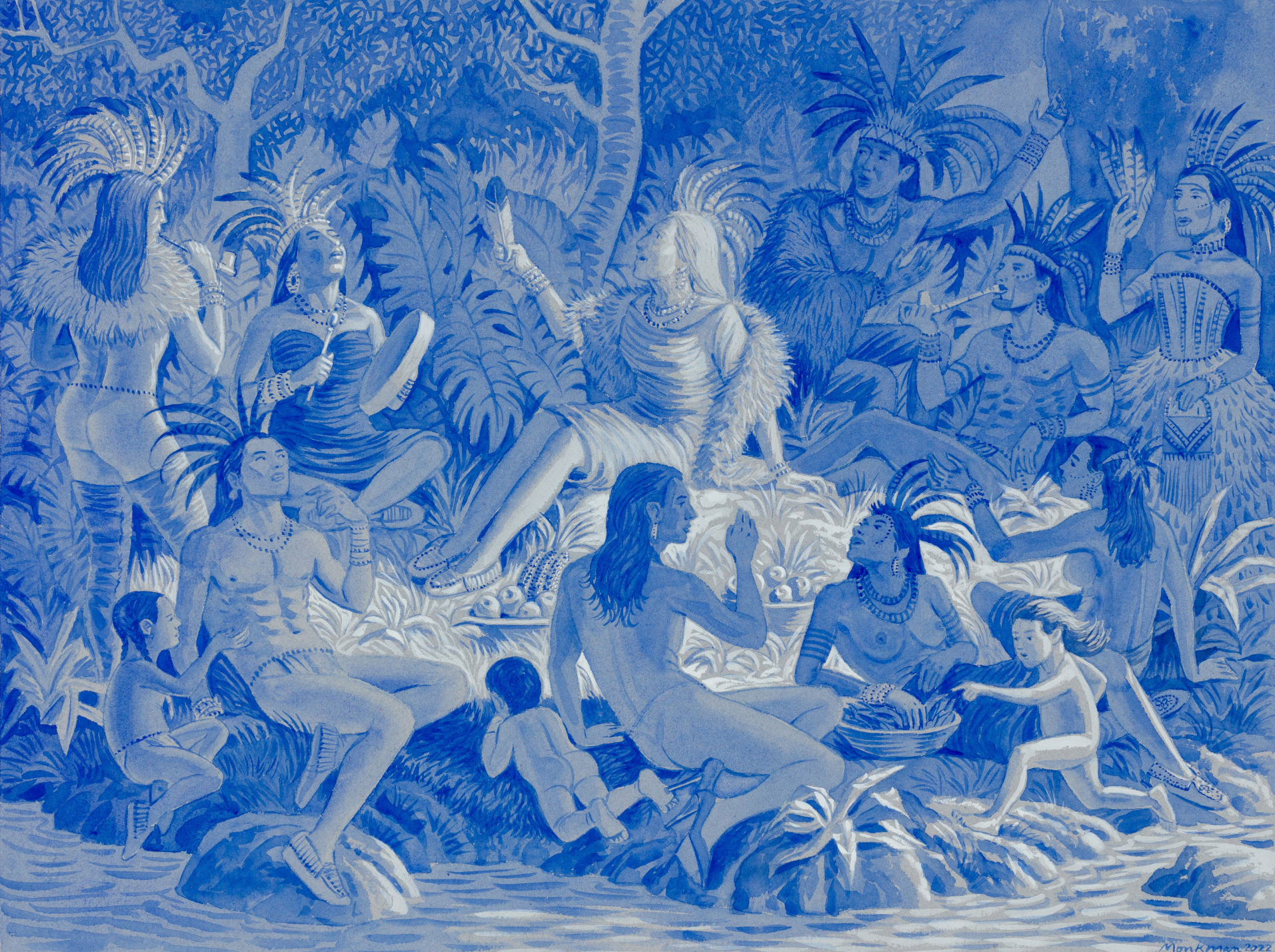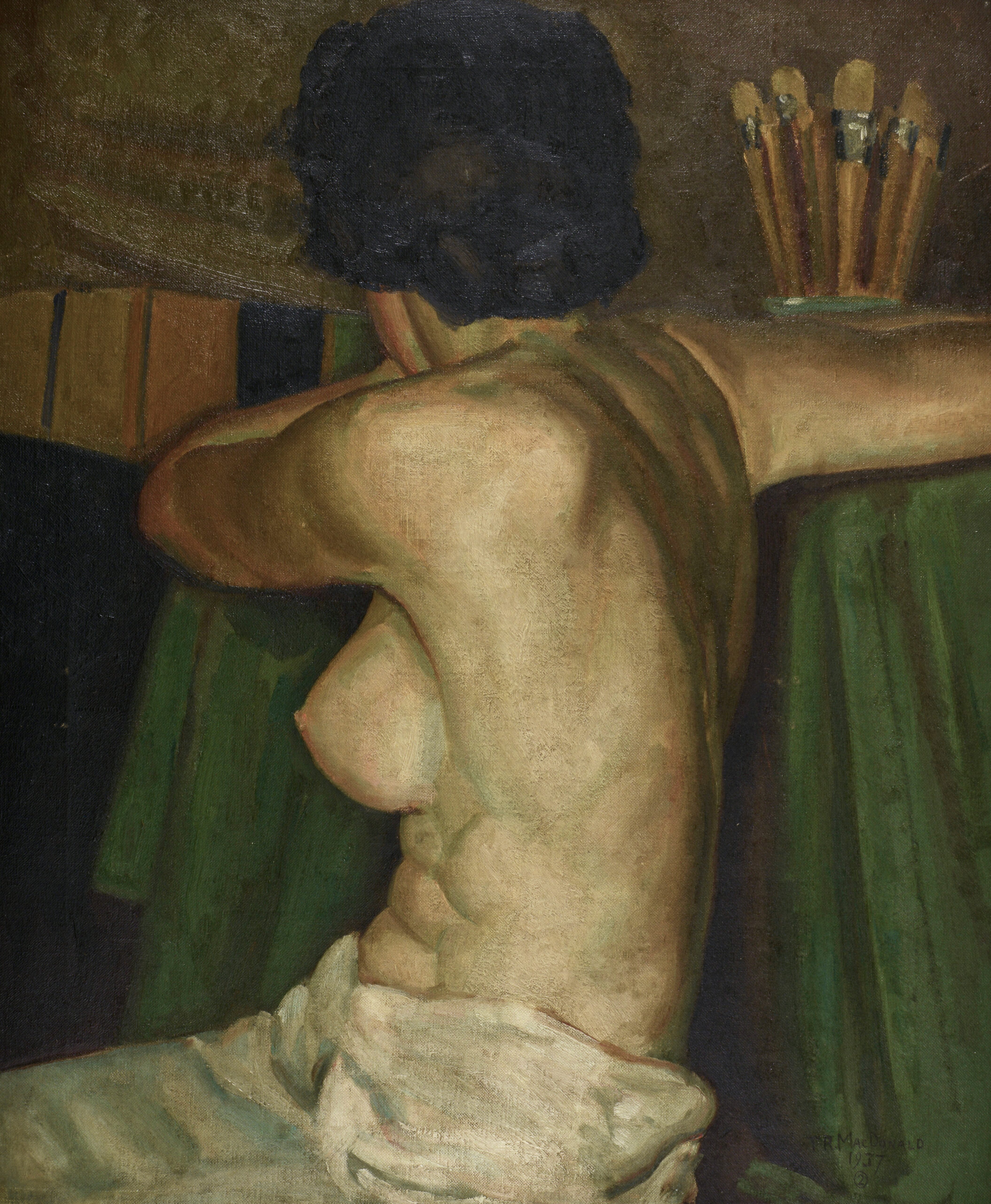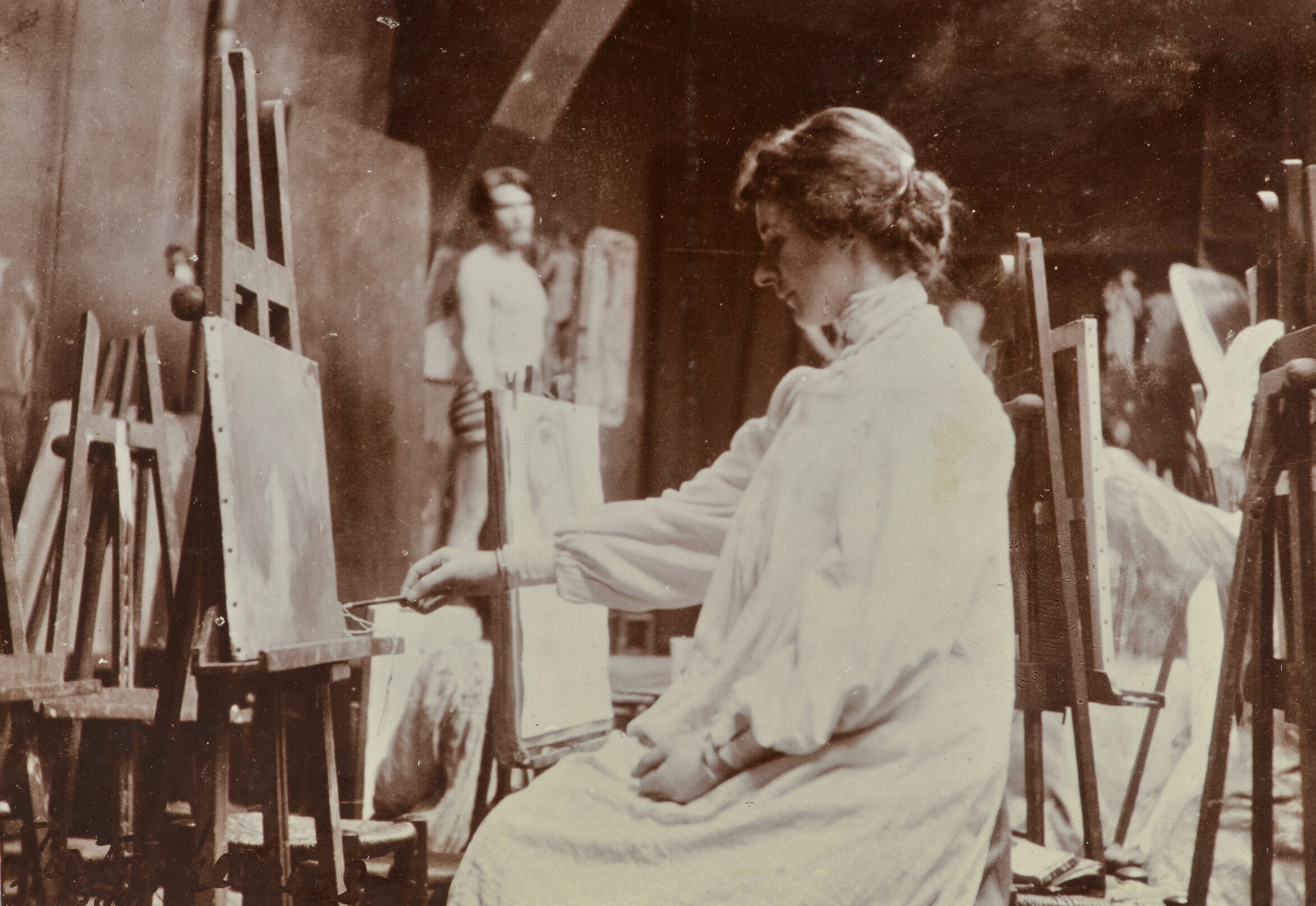
INTRODUCING DR. TOBY LAWRENCE – CURATOR OF CONTEMPORARY ART
Dr. Toby Lawrence joined the AGGV in May 2024 as our Curator of Contemporary Art, a new role at the Gallery. We hope you enjoy getting to know her a bit more in this introductory interview!

Dr. Toby Lawrence joined the AGGV in May 2024 as our Curator of Contemporary Art, a new role at the Gallery. We hope you enjoy getting to know her a bit more in this introductory interview!

Steven McNeil, AGGV Chief Curator & Director of Collections and Exhibitions shares about the AGGV’s latest acquisitions.

We are delighted to announce that the AGGV has acquired an exceptional work by renowned Cree artist, Kent Monkman. This is the first work by Monkman to enter the AGGV collection and the piece is now on display in our current exhibition In the Flesh: The Nude in Art, Past and Present.

Steven McNeil, AGGV Chief Curator & Director of Collections and Exhibitions, shares much anticipated news about the Gallery’s permanent collections and the diverse selection of works to be exhibited in two newly dedicated Gallery spaces. The ongoing exhibition, A View From Here: Reimagining the AGGV Collections, will boast a rotating selection of some of the Gallery’s finest pieces.

AGGV Membership and Donor Services Coordinator, Tony Adams, reminds us of all the ways AGGV Membership connects our community to the arts, and gives us opportunities to celebrate art together.

Steven McNeil, AGGV Chief Curator & Director of Collections and Exhibitions, explains the difference in meaning of the terms “Nude” and “Naked” in art history.

Always interested in biographies of settler women in the Province, I had opportunities to exhibit Sophie Pemberton’s work but never enough time to conduct in-depth research on a woman that I felt had been partially miscast and become stereotyped.